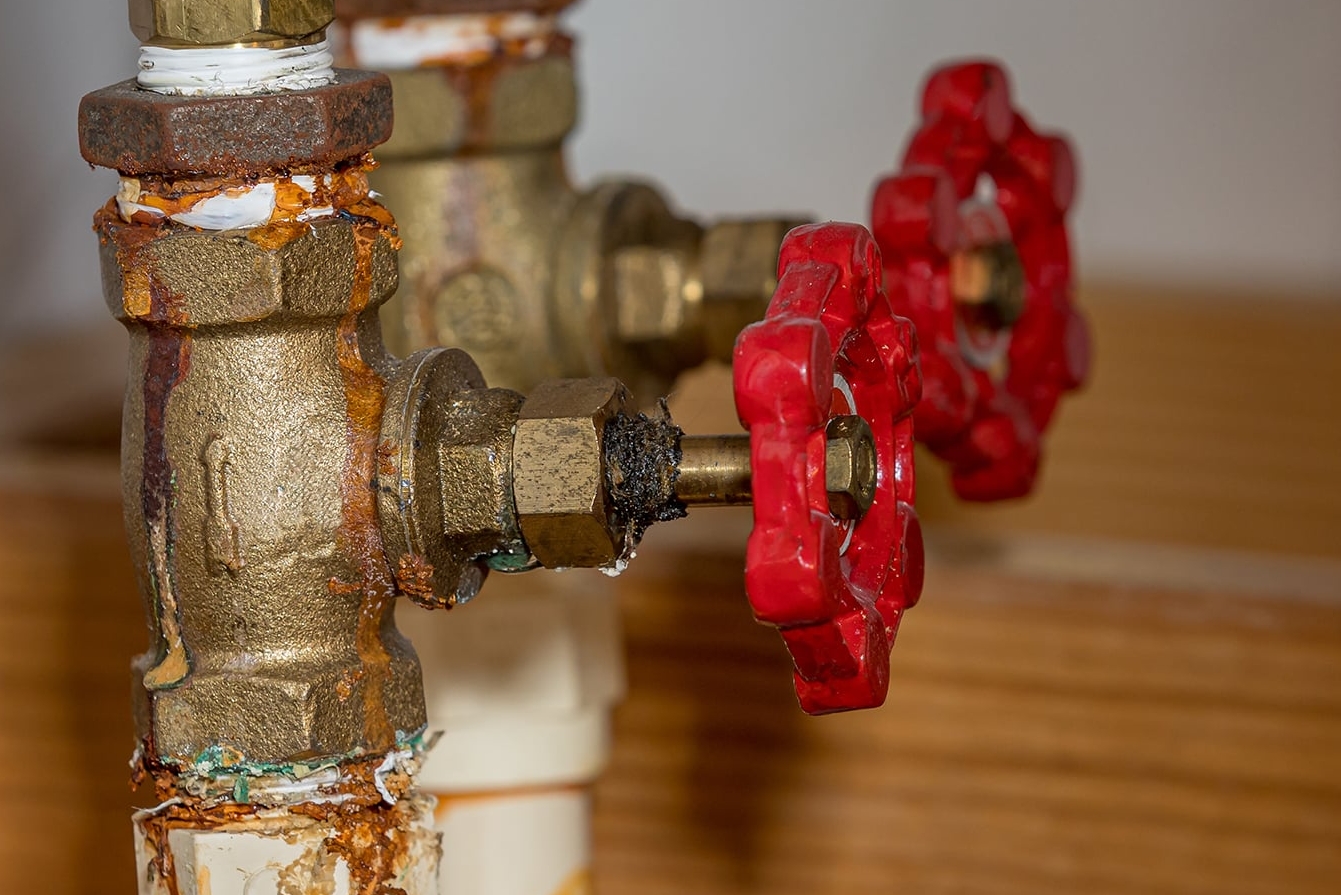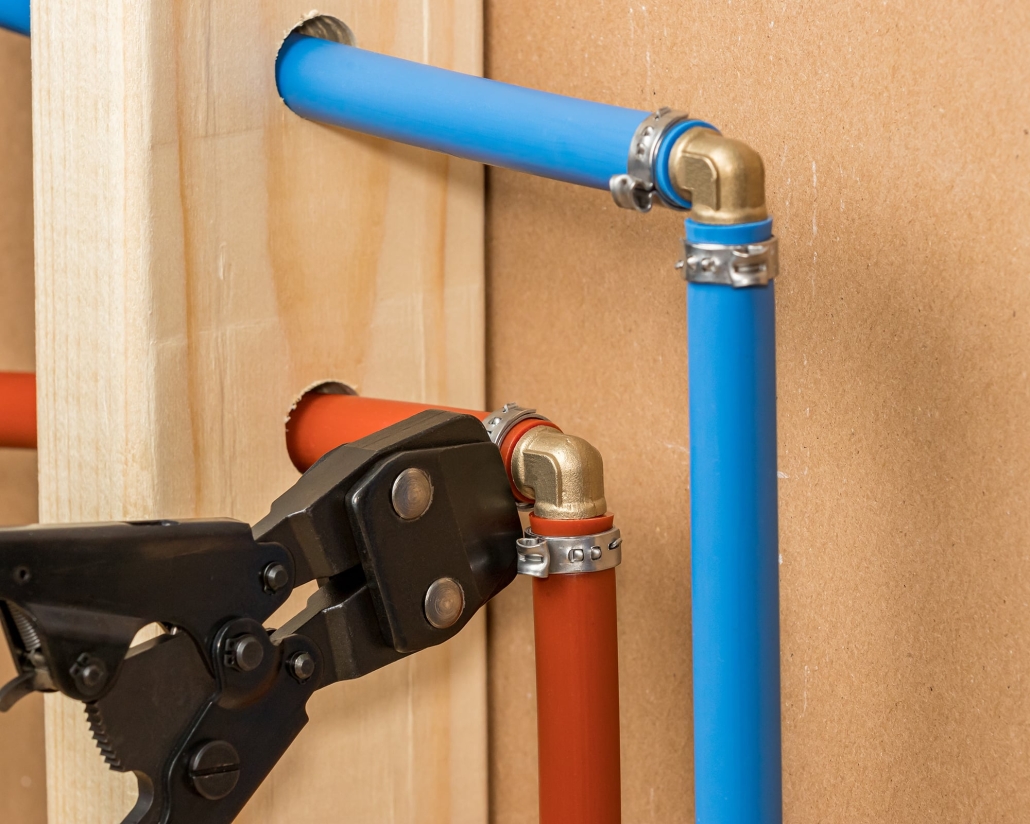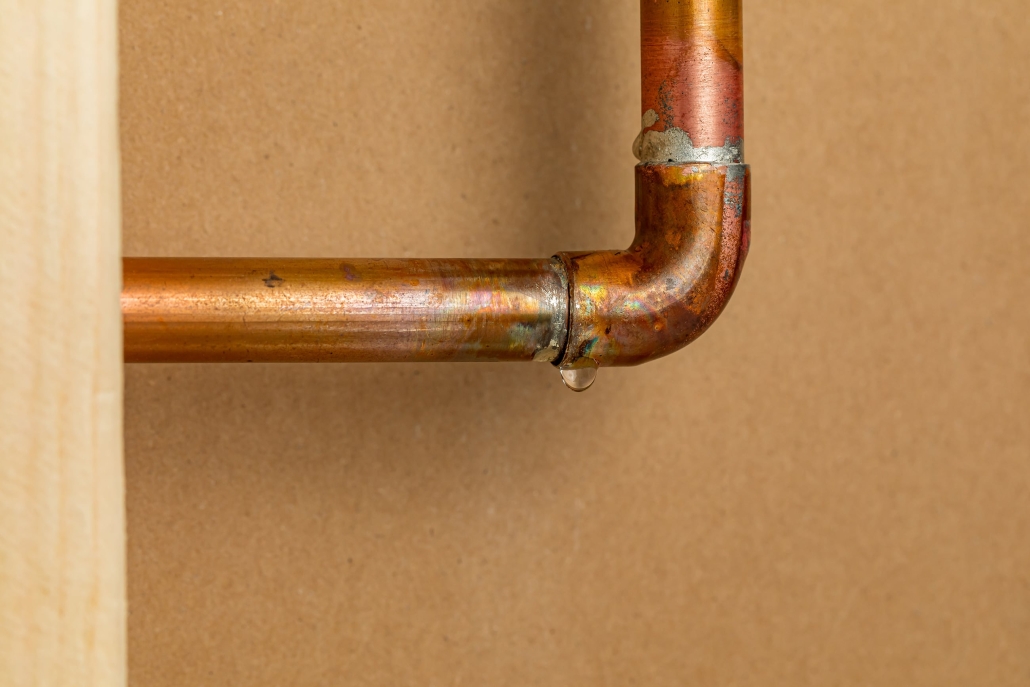Leak Detection and Toilet Repair!
With the proper knowledge, you can tackle some of the most common plumbing problems head-on. This article covers two essential aspects of plumbing maintenance: leak detection and toilet repair. Whether you’re a homeowner, a property manager, or a DIY enthusiast, understanding these basics can save you time and money.
The Importance of Leak Detection
Water leaks can damage your property, lead to higher water bills, and even pose health risks due to mold growth. Early detection is critical to preventing these issues.

Common Signs of a Leak
Unexplained Increase in Water Bills: A sudden increase in your water utility bill is the first sign of a hidden leak in your system.
Damp or Discolored Walls and Ceilings: Visible water stains or a musty smell can indicate a leak behind your walls or ceilings.
Dripping Sounds: Hearing water when all faucets are turned off is a telltale of a leak.
Low Water Pressure: A drop in water pressure can result from a leak in the main water line.
How to Detect Leaks
Check Your Water Meter:
- Turn off all water sources in your home.
- Read the water meter and note the reading.
- Wait for an hour without water, then recheck the meter. A change in the reading indicates a leak.
Inspect Common Leak Areas:
Faucets and Showerheads: Look for drips and puddles around bathroom and kitchen fixtures.
Toilets: Add a few drops of any food-grade or based coloring to the toilet tank, and if that color seeps into the bowl within 30 minutes without flushing, there’s a leak.
Under Sinks: Check for dampness or water stains in cabinets under sinks.
Pipes and Hoses: Inspect visible pipes and hoses for cracks, corrosion, or loose connections.
Use Leak Detection Tools:
Leak Detectors: Electronic devices can sense moisture and sound alarms when a leak is detected.
Thermal Imaging Cameras: These can identify temperature differences behind walls, indicating potential leaks.

Toilet Repair Basics
A leaky or malfunctioning toilet can waste up to 200 gallons of water daily, adding unnecessary costs to your water bill. Here are some common issues and how to fix them.
Common Toilet Problems
- Running Toilet: Water continuously flows into the bowl, often due to a faulty flapper.
- Weak Flush: Low water levels in the tank or a clogged rim jet can cause this problem.
- Leaking Base: Water pooling around the toilet base typically indicates a seal or wax ring issue.
- Clogs: Frequent clogs can result from flushing inappropriate items or a blockage in the sewer line.
How to Fix Common Issues
Fixing a Running Toilet:
Replace the Flapper:
- Turn off your main water supply to the toilet.
- To empty the tank completely, remove the toilet tank lid from the back and then flush the toilet to empty the tank completely.
- Unscrew the flapper from the bottom of the tank and replace it with a new one.
- Turn the water supply back on and test the flush.
Improving a Weak Flush:
Adjust the Water Level:
Open the tank on your toilet and check the water level. It should be about an inch below the overflow tube.
Adjust the float arm or fill valve to raise the water level.
Clean the Rim Jets:
Clear mineral deposits or debris from the rim jets under the toilet bowl’s edge with a wire hanger.
Repairing a Leaking Base:
Replace the Wax Ring:
Turn off the water supply and flush the toilet to empty the tank.
Disconnect the main water supply line and unbolt the toilet from the floor.
Lift the toilet and set it aside, then remove the old wax ring.
Then, please place a new wax ring on the flange and reinstall the toilet to ensure it sits evenly.
Reconnect the water supply line and test for leaks.
Clearing a Clog:
Use a Toilet Plunger:
Before starting the process, ensure sufficient coverage of the plunger cup.
Position the plunger over the drain, push down firmly and pull up quickly. Repeat until the clog is cleared.
Auger for your toilet:
Insert the Auger or drill tool into the toilet bowl and crank the handle to push the cable through the trap.
Once the clog is reached, twist and push to break it up, then pull the drill out.
Conclusion
Maintaining your plumbing system through regular leak detection and prompt toilet repairs can prevent costly damages and save on water bills. Those who prefer a helping hand should consider booking a professional plumber for more complex issues.
If you’re ready to tackle your next plumbing challenge, remember that knowledge is your best tool.





